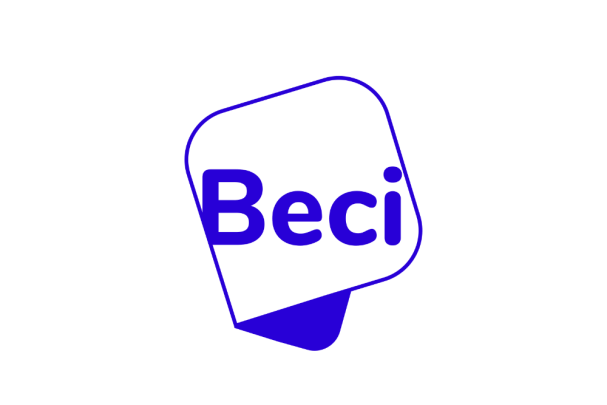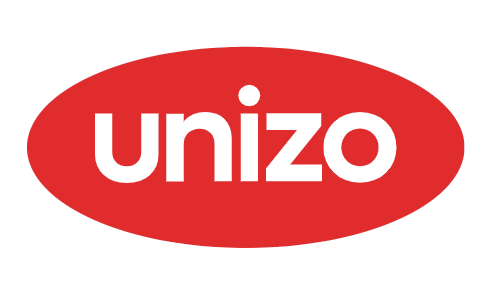Exporting generates many opportunities but also involves a few new rules. VAT regulations often raise many questions. But don’t panic: you’ll find the answers below.
VAT within the EU
To find out about European VAT rules, you have to ask yourself two questions:
- Am I exporting products or services?
- Are the customers B2C or B2B subject to VAT?
The answers to these questions will determine the VAT rules applicable.
1. I sell products to B2C customers
The sale of goods to European private individuals is subject to the VAT of the consumer's country from the first euro (no threshold). In order to avoid having to register for VAT in all European countries, the company can opt for the "One Stop Shop" scheme (OSS), which allows the company to declare and pay all local VAT in a single VAT declaration. This OSS declaration is available on Intervat and must be submitted every quarter.
2. I sell products to B2B customers
You do not invoice VAT to customers who have a valid European VAT number and you must include the phrase “Reverse Charge” on your invoices. Information about the validity of European VAT numbers is available free of charge in the European Commission’s VIES database.
You must apply the Belgian VAT rate for other customers.
3. I sell services to B2B customers
You do not invoice VAT. Instead, add the phrase “Reverse Charge” and add your customer’s intra-community VAT number. Why? Given that the services are provided in another country, it is up to the foreign authorities to collect the VAT from your foreign customer. The phrase does not have to be included in your declaration if the host country does not apply VAT due to reciprocal agreements.
VAT outside of the EU
VAT regulations are much simpler for export destinations outside of Europe: you don't invoice VAT, and you don’t have to pay any either. Just add the phrase “VAT exempt under Article 39 of the VAT Code” to your invoices and include it in your periodic VAT declaration.
Who can help me ?




